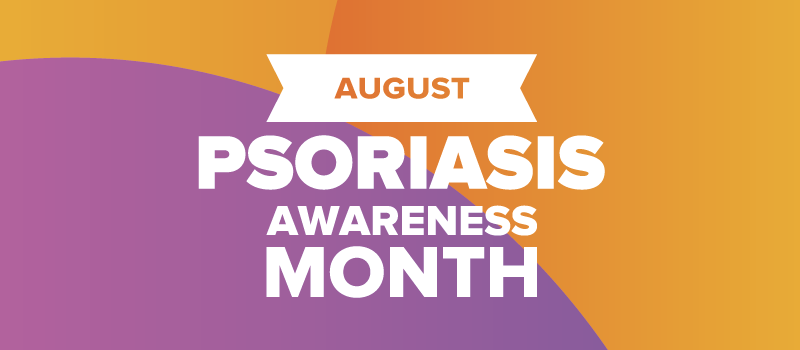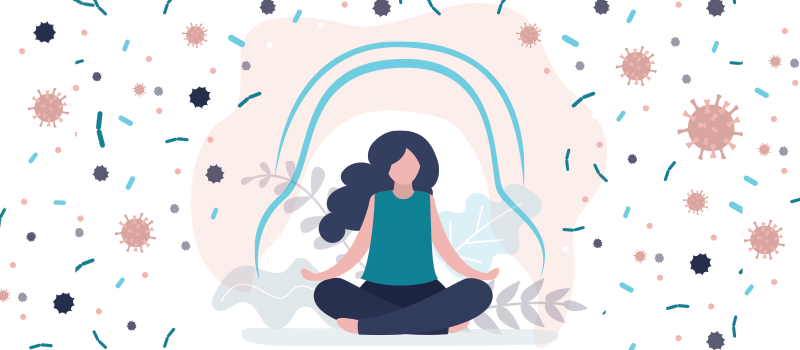Is Staph Infection Contagious? Symptoms & Treatments

Staph infections are caused by a type of bacteria called Staphylococcus. These bacteria typically live in the skin of healthy individuals but cause problems if they enter the body. There are more than 30 strains or types of staph bacteria, the most common being Staphylococcus aureus. Please continue reading to find out whether staph infections are contagious, symptoms of staphylococcal infections, and treatment options.
What are the symptoms of staph infections?
The symptoms of a staph infection depend on the part of the body affected.
Staph skin infections are the most common. Symptoms can include redness, boils, and blisters, which typically occur on the face, around the nose and mouth. Infants and small children can develop a severe staph infection called staphylococcal scalded skin syndrome, in which there is peeling of the skin on the entire body.
Other parts of the body that can be affected by staph infections, such as:
- Joints: A staph infection in a joint can cause pain, swelling, and fever.
- Breasts: The bacteria can cause inflammation (mastitis) with redness, swelling, abscesses, and pus in the breasts.
- Lungs and heart: If staph enters the lungs or heart, it can cause breathing problems, pneumonia, damage to the heart valves, and heart failure.
- Digestive system: Eating contaminated food can lead to food poisoning with symptoms such as vomiting, diarrhea, and dehydration.
- Bones: If staph infections spread to the bones, they can cause osteomyelitis with pain and inflammation.
- Blood: Staphylococcus bacteria in the blood can cause a serious condition called sepsis or septicemia (blood poisoning), requiring immediate medical attention. Toxic shock syndrome is a type of septicemia and can occur with prolonged tampon use, whereby bacteria collect in the vagina and produce toxins. Symptoms can include a high fever, nausea, vomiting, diarrhea, stomach pain, low blood pressure, a sunburn-like rash, and muscle aches.
Who is at risk of developing staph infections?
Anyone can develop a staph infection, but certain people are at a higher risk, such as those with a weakened immune system, a chronic condition such as diabetes, eczema, or vascular disease, and heart valve disease or heart valve surgery. In addition, risk factors include IV drug users, people with catheters or other medical devices in their body, those who had a recent hospitalization, people who use tampons for extended periods of time, and those who are breastfeeding.
How do you catch a staph infection from others?
Skin staph infections spread through skin-to-skin contact or by touching contaminated objects that have bacteria on them.
Other infections, such as food poisoning, occur through contaminated food, such as food prepared or handled by someone with a staph infection.
Mastitis (breast inflammation) occurs when staph bacteria enter the breast tissue through cracks in the nipple.
Bacteria can enter the bloodstream and infect the heart or lungs. This can occur through the mouth due to poor oral hygiene or bleeding when brushing teeth.
How do I know if my staph infection is contagious?
A staph infection is contagious as long as you have active symptoms. When the skin blisters break, the pus contains staph bacteria and is contagious. Contact with the infection site can spread the infection to others.
Most staph infections can be cured and are no longer contagious after antibiotic treatment. A mild skin infection is usually no longer contagious after 48 hours. However, it is important to have a staph infection diagnosed and properly treated by a healthcare provider. Seek medical attention from healthcare providers if you have an infected area that has large blisters or appears red, swollen, or irritated.
Is it safe to be around someone with a staph infection?
It is usually safe to be around people with minor staph infections. You should take the following precautions to lower your risk of developing a staph infection.
Practice good hygiene. Wash your hands regularly with soap and water for at least 20 seconds. Dry them with a disposable towel and use the towel to turn off the faucet. If you don’t have access to soap and water, use an alcohol-based hand sanitizer. Make sure you wash your hands after using the bathroom, before eating, before and after handling food, after handling raw meat, and after contact with animals or animal waste.
Keep cuts and scrapes clean and covered. Use a sterile, dry bandage on wounds until they heal. The pus in infected wounds often contains staph bacteria. Keeping the wounds covered helps to prevent the bacteria from spreading.
Avoid sharing personal items. Do not use another person’s razor, toothbrush, towel, clothing, or athletic equipment. In addition to skin-to-skin contact, staph infections can spread through contaminated objects.
Wash and dry clothing and bedding. Use the highest temperature recommended on the labels. If you cannot use hot water, detergent is enough to clean the items. You can also use bleach on items that are bleach-safe.
Store food appropriately. Hot foods should be consumed after heating them above 140 F (60 C), and cold foods should be kept below 40 F (4.4 C). Store leftovers in the refrigerator as soon as possible. Don’t forget to clean counters and cutting boards with dish soap and water.
Change tampons frequently. Use a new tampon at least every 4-8 hours to lower your risk of toxic shock syndrome caused by staph bacteria. Use the lowest absorbency tampons and switch to sanitary napkins whenever possible.
How do you get rid of a staph infection fast?
Doctors usually prescribe a topical antibiotic for a staph skin infection. Oral antibiotics may be necessary to treat staph infections in other parts of the body or serious skin infections.
Staphylococcus aureus bacteria are categorized according to how they respond to certain antibiotics, specifically methicillin. Therefore, you could have methicillin-susceptible staphylococcus aureus (MSSA) or methicillin-resistant staphylococcus aureus (MRSA). MRSA can cause severe staph infections. Common antibiotics prescribed for staph infections include cefazolin, linezolid, oxacillin, nafcillin, daptomycin, and vancomycin.
Sometimes, doctors may recommend intravenous antibiotics for a severe infection. More serious infections may require treatment in the hospital. Providers may also perform minor procedures, such as making a small incision (cut) to drain an abscess or boil in the skin caused by a staph infection.
References:












SOCIAL